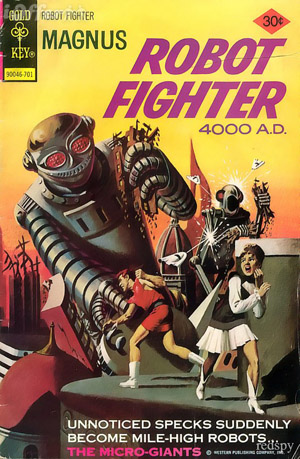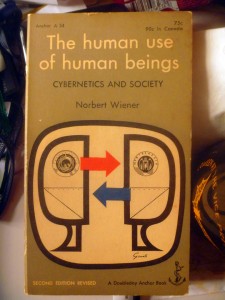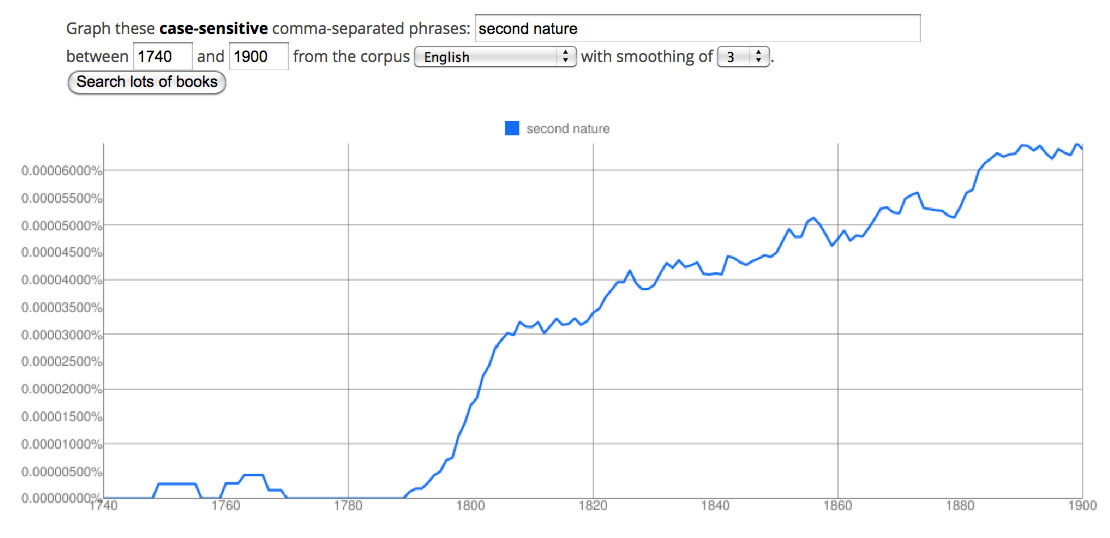(Part 2 of a multi-part post. See Part 1 here.)
Words weave through sentences, submerge from view, resurface, resubmerge, warp and weft of weave or whatever metaphorical model we can throw at it. A word indexes many situations; a situation indexes many words. Can we see words and narrative, i.e. semantics and episodics, as orthogonal to one another, at right angles? Say, “story” is the X axis, “wording” the Y. Cognitive psychologists for a long time have entertained the distinction of semantic from episodic memory, and sought to discern whether they are, as hypothesized, truly independent from one another. Steven Prince, at al. (2007) report in Psychological Science that “the neural correlates of EE [episodic encoding] and SR [semantic retrieval] are dissociable but interact in specific brain regions.” In an example of this kind of interaction, semantic associations enhance the retrieval of episodic memories (Menon, et al., 2002). One site of interaction between the semantic and the episodic happens at the very instant a word is semantically integrated into a sentence, the very instance, in effect, when it enters into the telling of an episode.
While Swinney’s and others’ interest is pitched at an understanding of how we “compose” an interpretation out of a sentence’s building blocks, from the words and the grammatical relations within it, it does not seem to me to be too great a stretch to map this fine-scale event to the wider action of narrative within which it happens. Those ephemeral moments interest me when irrelevant meanings are sloughed away and only meanings fit to the flow of narrative within which they are embedded are left. This is the moment I have called “reading between the words.”
For every word we read, our mind opens and closes on that word’s potentialities, like the gate of a movie projector opening and closing the light on frame after frame of a film that slips a pull-down of filmstrip though, click-click-click in those interstices between openings, a sentence operating on our minds like a filmstrip operating on our eyes and visual cortices. By persistence of sense just as to the eyes, the film works by persistence of vision. Open, closed, open, closed—but it all comes coherent in a single stream, illusory yes, but to the mind, real. In fluent reading, whole gobs of text go in before consciousness opens its aperture. Flick-flick-flick. But it seems continuous.
William Nestrick, citing Walter Benjamin’s essay “The Work of Art in the Age of Mechanical Reproduction,” states that “the film is the animation of the machine, a continuous life created by the persistence of vision in combination with a machine casting light through individual photographs flashed separately upon the screen.” Narrative, an older technology, is an animation of another machine. Our deeply naturalized habits of reading elide the composite, discontinuous nature of our construction of meaning. Like the animation of the machine, it invites comparison to the monster from Frankenstein—and hypertextual disruption, what Shelley Jackson encodes in Patchwork Girl.
In the prevalent “invisible style,” films build seamless scenes from successions of discrete shots much as the mind builds seamless sentence understanding out of successions of words. What is left out is simply not noticed. Maybe it is repressed or abjected—but to waking, normal cognition, something must be, because the entirety of the worlds we build in our minds arises from selectively attending to some things and not others. Repression in one sense is the inescapable flip side of being in the world with a mind. It is the flip side of the selective attention that gets knitted together by wetware magic into scenes and stories we assemble, recall, reform, tell, and retell. No word drawn from the batch of “non sequitur,” “relevant,” “irrelevant,” “emphasis,” etc. could bear on our way of writing and transacting communication if it were not in a context of narratives, stories, and episodes, with their characteristic features: topics, action, motivation…. And none of these concepts would have any utility to us if construction of stories in our minds were not inherently selective, if thought itself were not inherently so.
The process of selection and of assembly follows a pattern something like what Katherine Hayles describes in “Flickering Connectivities in Shelley Jackson’s Patchwork Girl” (2000). More than the signifier, though, it is signification that flickers, the association of signifier with signified, on a pattern of flickering consciousness, in which access to the results of the automatic, unconscious process of lexical access flickers in and out, in fluent reading seldom noticed. This kind of processing, highly automatized by skill, can be disrupted by divergence from conventional expectation. Since 1917, when Russian “Formalist” Viktor Shklovsky described it, this disruption of the automatic has been prominent in aesthetics, theorized as “strange-making” (ostranenie to transliterate the Russian), or “defamiliarization.” The practice has its precedent in the work of William Wordsworth. Explained by Samuel Taylor Coleridge in his Biographia Literaria:
“Mr. Wordsworth, on the other hand, was to propose to himself as his object, to give the charm of novelty to things of every day, and to excite a feeling analogous to the supernatural, by awakening the mind’s attention to the lethargy of custom…”
In the frame of the present post, comparing the cognitive integration of text with the sensory integration of motion pictures, this would be akin to slowing the film down below the critical flicker frequency, so as to break the illusion. In the technoromantic frame, the mechanism of novelty’s action in the brain is the “orienting reflex,” first described by Ivan Petrovich Pavlov as the “shto eto takoi” (“what is it?”) reflex. The orienting reflex is the mechanism that breaks the automatic.
Hayles:
“In Patchwork Girl, one of the important metaphoric connections expressing this flickering connectivity is the play between sewing and writing. Within the narrative fiction of Frankenstein, the monster’s body is created when Frankenstein patches the body parts together; at the metafictional level, Mary Shelley creates this patching through her writing.”
Shelley Jackson’s work strategically disrupts narrative at several levels, from fine-grained lexical interactions to collisions between textual elements arising in the restructuring of narrative (as hypertext) and exploitation of a medium (the computer) that restructures the reading interface. Significant to this is Donna Haraway’s “Cyborg Manifesto,” which treats the reconfiguration of the human form itself. Hypertext operates, for now, on the evolved biological capacity for cognitive reconfiguration, hacking the machine via its present interface.
What lies at the asymptote of narrative restructuring by hypertext? Where does it lead? Again sketching: At the outer extreme of hypertext is the “chaotic novel” described in “The Garden of Forking Paths” by Jorge Luis Borges. Any (coherent) narrative we read picks out senses of the words within it, biases us to read words one way and not another. So, if a narrative like the Garden of Forking Paths were to be realized—in which we visit every possible line of a story that unfolds within it—must we then also visit every possible sense of every word within it? Not just as we encounter them, in the way Swinney shows us is so often unconscious, but as we integrate them into their contexts? What happens if word senses themselves mutate with context, with the events that happen around them in the stories they enter in? What does representation of this level of complexity represent?
——————————————————————————–
Caveat:
I have assumed in this series of blog posts that what is happening at the lexical level in sentences is a microscopic instance of a larger sweep of events in our cognitive construction of narrative meaning—that the sentence in some sense works like the scene, and so on up. This theoretical portrayal is adumbrated, sketchy: conjectural. Reflexively, though not necessarily destructively, it is subject to the same form of critique, of illusory continuity. Delve into the psycholinguistic findings, and extend them, and expect the results to richen or complicate the present picture. A side-effect of reliance on Swinney’s work may be acceptance of a modular model of word representation in the brain, something others have inferred from it, with fully independent representations of word meaning. This may contradict “interactionist” models of sentence interpretation, which in my view are essential to understanding how we handle figurative language. For one form of experimental challenge to Swinney et al., see “Early Integration of Context During Lexical Access of Homonym Meanings,” by Janet Lee Jones in Current Psychology 10, no. 3 (Fall 1991): 163-181. For a theoretical consideration of lexical interaction in sentences, see “Should Natural-Language Definitions be Insulated from, or Interactive with, One Another in Sentence Composition?” by L. Jonathan Cohen, in Philosophical Studies: An International Journal for Philosophy in the Analytic Tradition 72, no. 2/3 (Dec. 1993): 177-197.
—————————————————————————————
Works Cited:
Borges, Jorge Luis. 1964. “The Garden of Forking Paths.” In Labyrinths: Selected Stories & Other Writings, 19-29. New York: New Directions Publishing Corporation.
Coleridge, Samuel Taylor. 1983. Biographia Literaria. Ed. James Engell and W. Jackson Bate. Princeton, New Jersey: Princeton University Press.
Haraway, Donna. 1991. “A Cyborg Manifesto: Science, Technology, and Socialist-Feminism in the Late Twentieth Century.” In Simians, Cyborgs and Women: The Reinvention of Nature, 149-181. New York: Routledge. (Available online at: http://www.stanford.edu/dept/HPS/Haraway/CyborgManifesto.html)
Hayles, N. Katherine. 2000. “Flickering Connectivities in Shelley Jackson’s Patchwork Girl: The Importance of Media-Specific Analysis.” Postmodern Culture 10, No. 2.
Jackson, Shelley. n.d. “Stitch Bitch: The Patchwork Girl.” MIT Communications Forum. http://web.mit.edu/comm-forum/papers/jackson.html
Jackson, Shelley. 1995. Patchwork girl, or, A modern monster by Mary/Shelley, & herself: a graveyard, a journal, a quilt, a story & broken accents. Watertown, Massachusetts: Eastgate Systems, Inc.
Jones, Janet Lee. 1991. “Early integration of context during lexical access of homonym meanings.” Current Psychology, 10 (3).
Menon, Vinod, et al. 2002. “Relating semantic and episodic memory systems.” Cognitive Brain Research, 13:261–265.
Onifer, William, and Swinney, David A. 1981. “Accessing lexical ambiguities during sentence comprehension: Effects of frequency of meaning and contextual bias.” Memory & Cognition, 9(3): 225-236.
Prince, Steven E. et al. 2007. “Distinguishing the Neural Correlates of Episodic Memory Encoding and Semantic Memory Retrieval.” Psychological Science, 18 (2): 144-151.
Swinney, David A. 1979. “Lexical Access during Sentence Comprehension: (Re)Consideration of Context Effects.” Journal of Verbal Learning and Verbal Behavior, 18:645-659.















